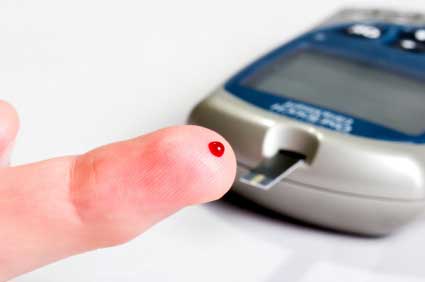Indian-American researchers discover target to control diabetes
 In an exciting revelation, two Indian-American specialists have distinguished another potential helpful focus for regulating high glucose – a finding that could help millions experiencing Type 2 diabetes around the world.
In an exciting revelation, two Indian-American specialists have distinguished another potential helpful focus for regulating high glucose – a finding that could help millions experiencing Type 2 diabetes around the world.
Analysts demonstrated that lipid particles called phosphatidic acids improve glucose creation in the liver. The discoveries propose that restraining or lessening generation of phosphatidic acids may do the inverse.
"This study builds a part for phosphatidic acids in upgrading glucose creation by the liver and recognizes compounds included in the blend of phosphatidic acids as potential medication targets," illustrated Anil Agarwal, an educator of interior prescription at University of Texas' Southwestern Medical Center.
These perceptions were made while mulling over a mouse model of lipodystrophy, an extraordinary metabolic infection in which the body is without fat.
Lipodystrophy patients regularly create diabetes and amass fat in the liver due to a lopsidedness in the physique's capability to appropriately control lipids and glucose.
The causal gene ‘AGPAT2’, which is included in the union of phosphatidic corrosive and triglycerides, was evacuated in the mice – bringing about rodents with summed up lipodystrophy.